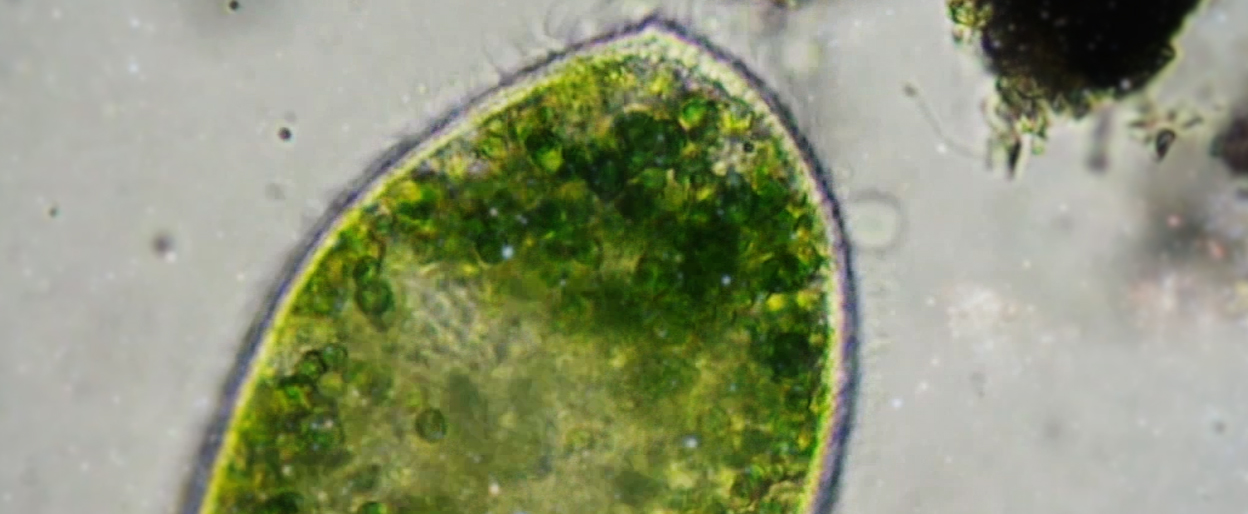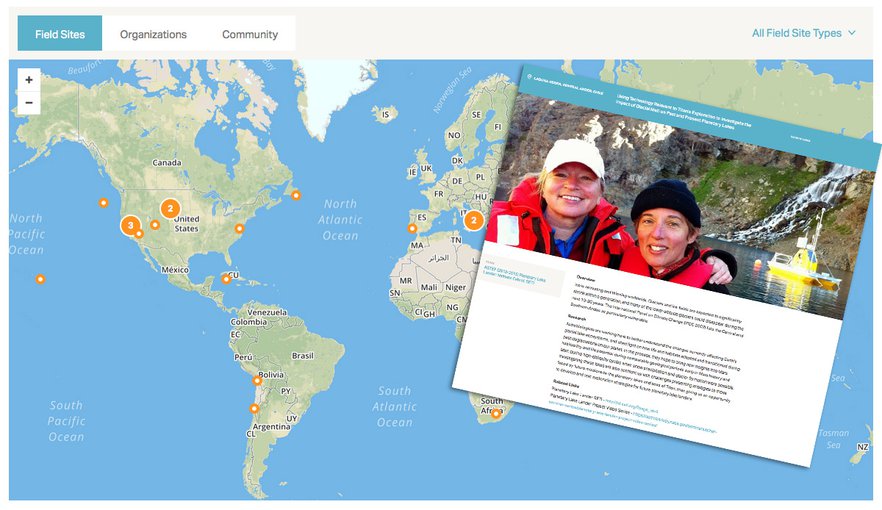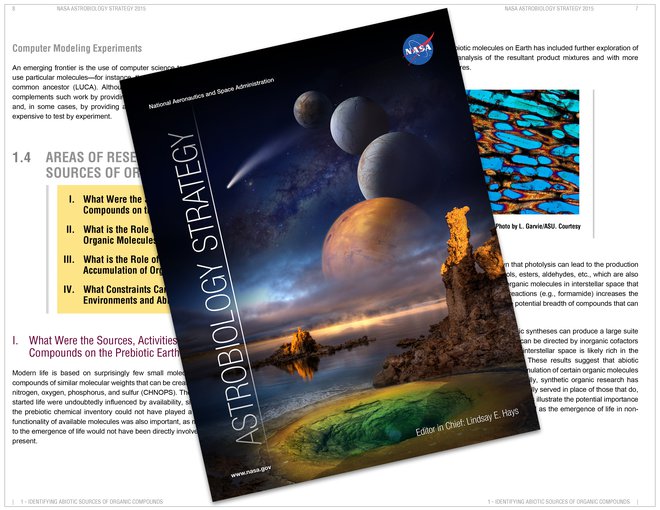NASA’s 2015 Astrobiology Strategy, developed in collaboration with the astrobiology community, identifies topics and questions to guide astrobiology research in the lab, in the field, and in experiments flown on planetary science missions over the next decade.
Major topics of research in astrobiology today include identifying abiotic sources of organic compounds, the synthesis and function of macromolecules in the origin of life, early life and the development of increasing complexity, the co-evolution of life and environment, and identifying, exploring, and characterizing environments for habitability and biosignatures.
Astrobiology research at NASA is funded at $60 million for fiscal year 2016. Most of this funding is distributed primarily through three of the core planetary science research and analysis (R&A) programs: Exobiology, Habitable Worlds, and Emerging Worlds:
- Exobiology supports research into the origin and early evolution of life, the potential of life to adapt to different environments, and the implications for life elsewhere.
- Habitable Worlds supports research using knowledge of Earth’s history and the life upon it to determine the processes that create and maintain habitable environments, search for ancient and contemporary habitable environments, and explore the possibility of extant life beyond Earth.
- Emerging Worlds supports research that aims to understand the formation and early evolution of the Solar System.
Other planetary science R&A programs through which astrobiology may distribute funding are:
Astrobiology contributes to extra-solar-planet research through funded teams of researchers in the Nexus of Exoplanet Systems Science (NExSS), an SMD cross divisional research coordination network. NExSS aims to advance the field of exoplanet research – specifically, research in comparative planetology, biosignature and habitat detection, and planet characterization – by encouraging collaboration among projects already funded by NASA’s Astrophysics, Earth Science, Heliophysics, and Planetary Science Divisions.
Astrobiology also funds the NASA Astrobiology Institute (NAI), a virtual institute dedicated to collaborative interdisciplinary research across a geographically dispersed community.
Astrobiology works in close collaboration with NASA’s Mars Exploration and Planetary Protection Programs.





